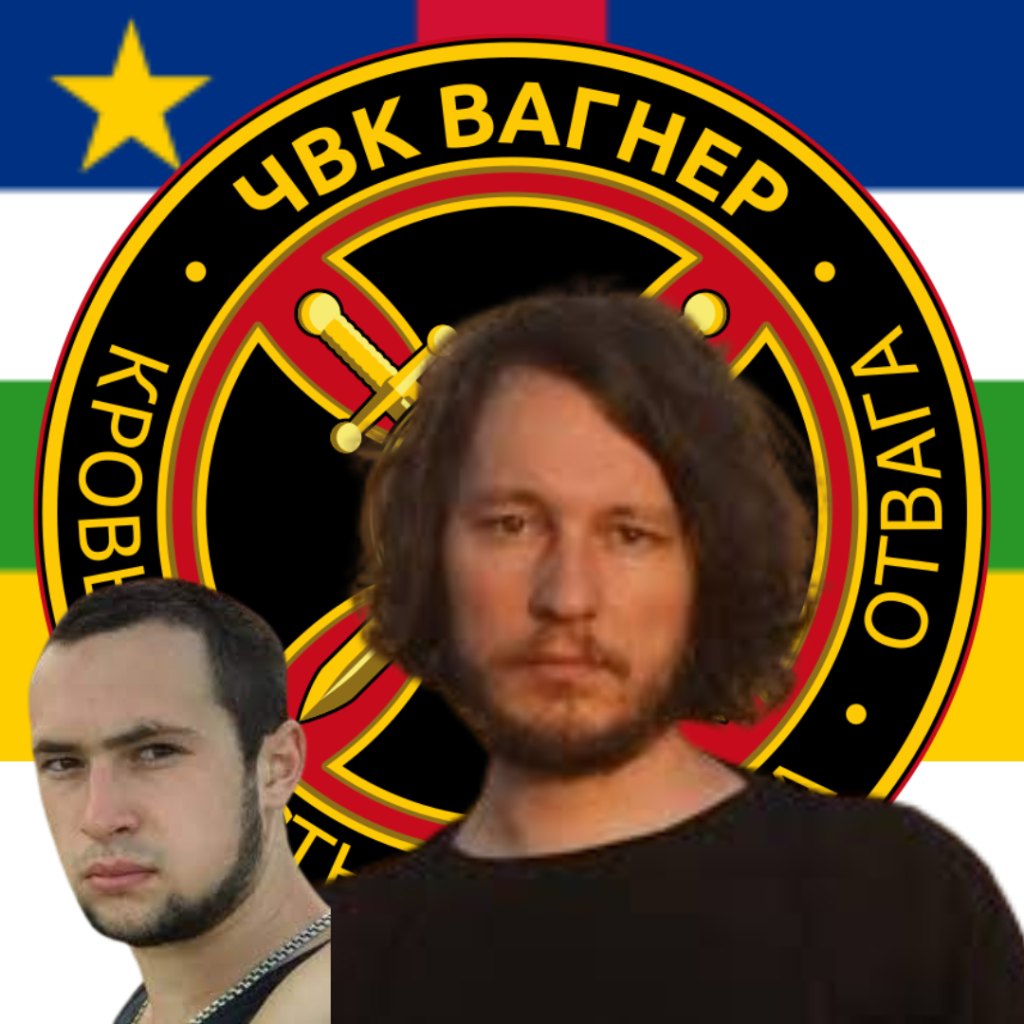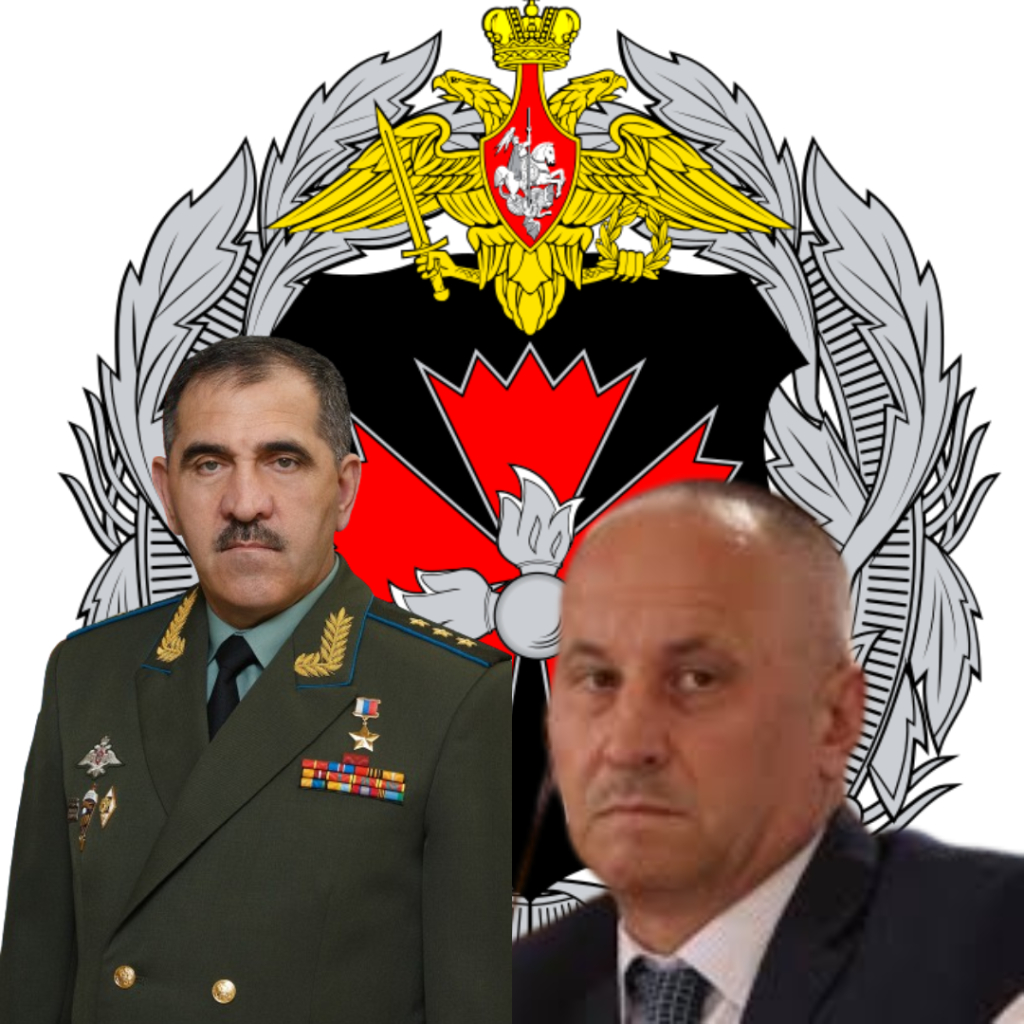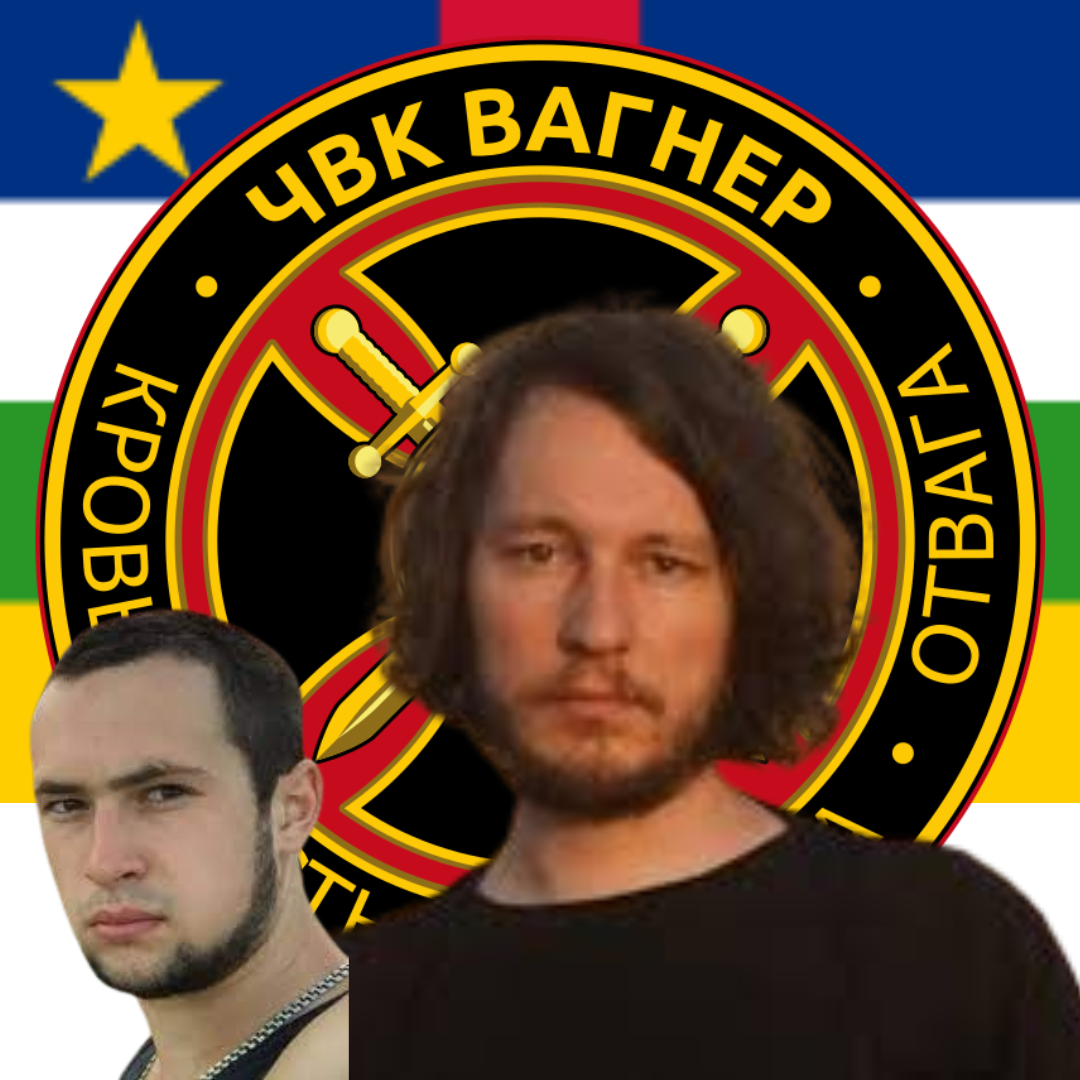“Nothing is lost, everything is transformed”, the famous phrase of the chemist Lavoisier also applies to the science of Russian proxy paramilitary organizations. It all starts with the mutiny of Prigojine’s men at the end of June 2023. While he announces the end of his march for Justice on Moscow, the wheels in motion for his own replacement were set in motion by the Kremlin. For the Russian government there was no question of stopping the Wagner group’s missions: ten years of international success and a lucrative business for its flagship product: the preservation of the regime in exchange for privileged access to the political and commercial markets of the customer country. The Kremlin begins thinking about how to replace Prigozhin and avoid the emergence of a new competitor to the Putin regime while maintaining and renewing the famous Wagner brand, guarantor of Russian attractiveness.

Since July 2023, AEOW has been investigating the consequences of the Wagner Group mutiny and the reorganization of the Wagner Group following the death of Evgeny Prigozhin and his counsel in a plane crash in August 2023. This research is based on cross-checked information obtained from open sources but also based on the collective’s contacts. It is not intended to be perfect or exhaustive but offers analytical keys for the general public, the media, academics and public authorities to understand that the Wagner group is not dead with its leaders. Our research to date allows us to affirm the following points:
- The Wagner brand remains a powerful brand on the African continent but also in Russia. The Kremlin continues to use it to strengthen its positions and gain the support of target populations (domestics or potential customers). The Kremlin has understood the power of story-telling and marketing and does not hesitate to create new brands like African Corps or African Initiative for a powerful speech.
- The Wagner group’s missions were split between several Russian security organs in order to avoid the concentration of successes (and therefore the creation of a counter-power) in the hands of a leader or a group but also to create competition and monitoring among the different units involved. The challenge and weak point of this system lies in the capacity of these organisations to collaborate effectively together and coordinate.
- Despite a porous proximity between the Wagner group and Russian security services/the Russian Ministry of Defense, the concept of this paramilitary organization was built around plausible deniability for the Kremlin: the possibility for the Russian authorities to deny any connection with the Wagner group and therefore any responsibility for the actions of the group. In the post-Prigozhin era, we are witnessing a more subtle game:
- The Kremlin displays its ambitions for international influence more directly: publicly establishing international military-political partnerships serves its political agenda. The link is more direct between the paramilitary organizations sent to reinforce client countries and the Russian government.
- The Kremlin relies on the aggregation of human resources from security/paramilitary organizations whose leaders have a past career in the Russian security services. The Russian government therefore uses proxies who have a real existence but who have signed a contract with the Russian security services and are under their effective command. Two uses: to increase the numbers of fighters but also to serve as scouts in geographies of interest to the Kremlin.
- The Wagner group is not completely dead and has not been completely killed by the Kremlin.
AEOW presents below the main axes of this re-organization which will be put online gradually (click on the images to access the articles).






Laisser un commentaire